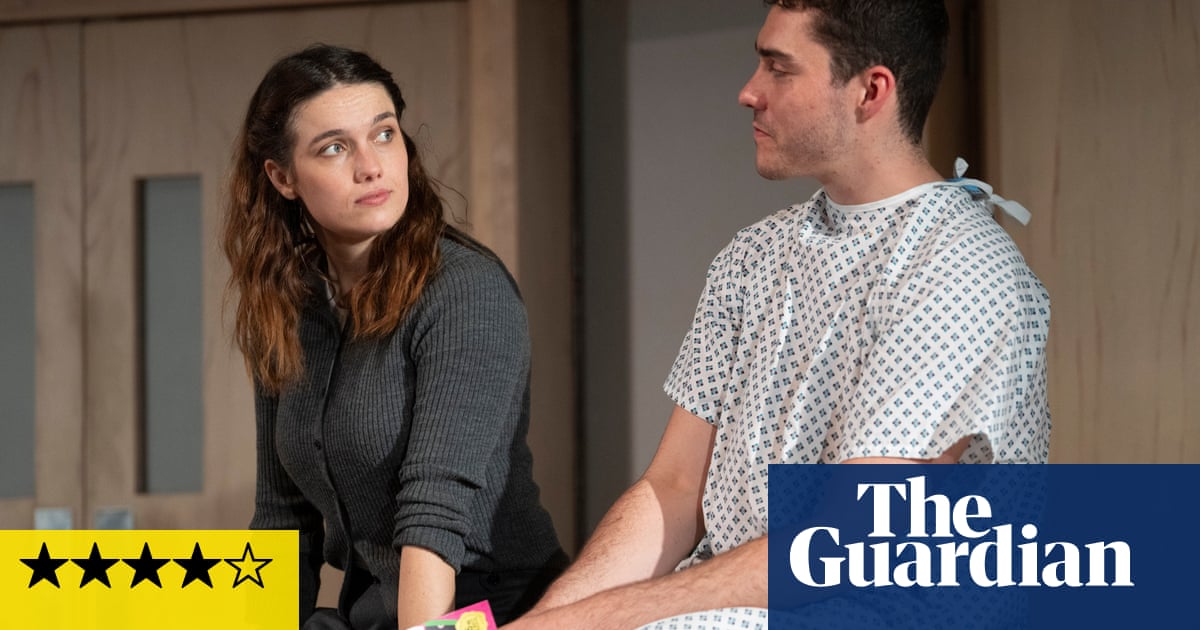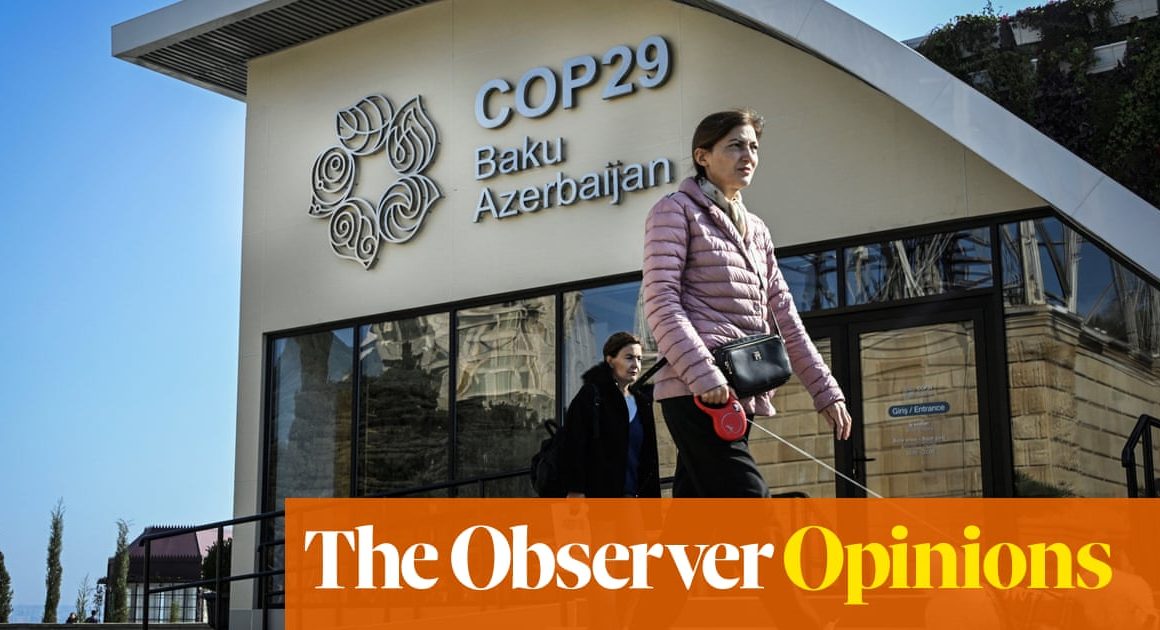Any dramatic adaptation of a well-known story has an inherent problem with tension. How can a script hold those who already know the outcome?
On the first night of this stage version of Kazuo Ishiguro’s Never Let Me Go – the Nobel prize-winning author watching warmly from the stalls – you could sense the apprehensive fascination of first-timers. Why are teenager Kathy H and friends at a rural boarding school where the students are encouraged to be as healthy as possible while paradoxically knowing that most graduates die in hospital in their 20s? What are the meanings – in this alt-reality version of late 20th-century Britain – of the euphemisms “carer”, “possible” and “completion”?
Others will know from the 2005 novel or 2010 movie that – spoiler – the friends have been cloned to provide new organs for rich Britons to let them live more than five times longer than their donors. In this case, the adaptation aims – for me, successfully – to function like a drama or documentary about a social catastrophe, delineating how the outrage was executed and drawing lessons for the future. For a fourth time (having re-read the book and seen the film), I was impressed by the ingenuity of Ishiguro’s dystopia, with plot oddities – such as why the students are educated in the arts when they are realistically just tissue farms – beautifully resolved.
In reshaping a first-person-narrated novel for the stage, the lazy option is torrential monologues from the protagonist. Adapter Suzanne Heathcote commendably gives Kathy H only a few lines of direct address and those to highlight a moment of total isolation. Elsewhere, the text elegantly fillets 263 pages into dialogue and multi-character scenes merging three time-schemes. Aware of the risk of institutionalised characters becoming static, director Christopher Haydon sensibly injects as much pace as possible (and, in places, there could be more) through scenes of physical exuberance. Tom Piper’s design and Joshua Carr’s lighting fluently suggest school, clinic, beach and town in a blond wood and frosted glass set with five double doors through which the characters can exit but, until “completion”, never leave.
An early review of the novel, by the writer Tony Parsons, pointed to a problem of narrative jeopardy. As the students can leave the grounds for shopping trips and other plot twists, why don’t they just run away? But, as Heathcote, Haydon and the cast show, Ishiguro uses their passivity to explore social conformity and nations’ sometimes easy acquiescence with horrific political and scientific ideas. They also bring out the affecting and upsetting love stories within the book: a sort of reverse Orpheus and Eurydice, with a romantic interlude offered before the underworld.
On stage for all 130 minutes, Nell Barlow’s capable, likable Kathy heartbreakingly portrays the limits of optimism against horror. Angus Imrie’s Tommy graduates from class clown to the painful doomed romance. Maximus Evans, a recent drama school graduate, vividly differentiates three donors. Susan Aderin shows, in a way the Kathy-focused book couldn’t, the moral compromises and consequences for school principal Miss Emily.
Unlike the operations in the novel, this transplant of Ishiguro’s book is entirely justifiable and successful.










